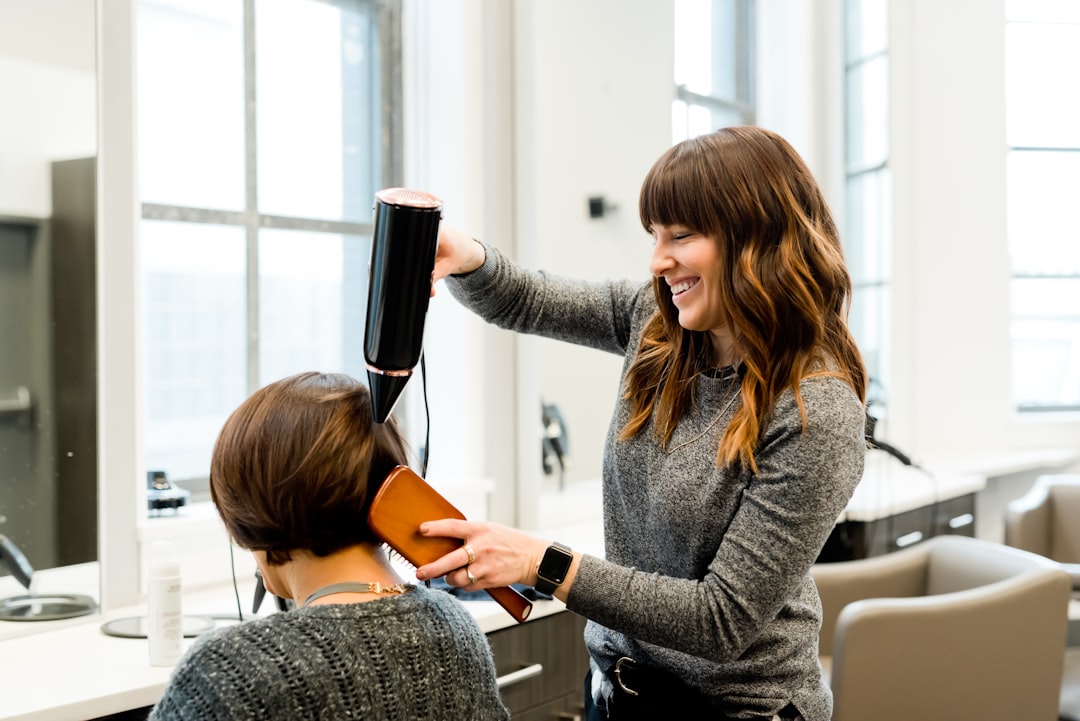Different Types of Hair Extensions


Human hair extensions, also known as hair wefts, hair extensions, or artificial hair, add fullness and volume to thin, fine human hair without the need for a full head of hair. Human hair extensions are typically clipped, glued, or glued onto natural human hair by adding synthetic or additional human hair into the hair weft. The beauty of these extensions is that they are completely undetectable from the wearer. However, not all human hair extensions are created equally. In fact, they should be treated with extra care to ensure that they provide a quality of hair extension with defined curl and hair line, lasting durability, resistance to moisture and humidity, and easy care. When choosing the type of hair extension to use on your hair, it is important to consider these key factors so that you purchase the extensions that provide the best results for your hair style and appearance.
Clip-ins There are two basic types of hair extensions available; semi-permanent and clip-in. Semi-permanent extensions can only be removed when they fall out; however, clip-in extensions can be taken out and exchanged with the assistance of a professional hair stylist at any time. Clip-in extensions use high quality hair extensions that can be securely clipped into the scalp. These extensions can be made from a variety of different hair sources such as synthetic, human, and mohair hair extensions. There are two common types of clip-in extensions; adhesive and semi-permanent. Adhesive clip-ins require the hair stylist to tape each section of hair extension to the scalp so that it cannot fall out. Learn more about the hair extensions here.
i-tip hair extensions This type of clip-in is the most popular because it affords the greatest degree of versatility and durability. i-tip hair extensions are made using individual strands of hair attached to one another using strong adhesives. i-tip hair extensions can be removed easily with the aid of a professional stylist, but this method has its disadvantages as well. The i-tip method allows the hair extension to move around and rub against the scalp causing damage to the follicles. This rubbing causes the scalp to become dry and irritated, which in turn causes hair loss.
Sew-in extensions This is probably the easiest to remove and replace, and also the cheapest of the different types of hair extensions. A professional hair stylist makes the necessary stitches that attach the extension to your scalp. It is very easy to remove these extensions using a warm iron or a blow dryer, but it is important to take care to remove them properly. Some of the common methods used to remove sew-in extensions include the use of heat appliances, gentle shaking, the application of cold air to the scalp and mild soaps. Most people will find that applying a mixture of both heat and soap works best to remove their clip-in extensions.
Clip-in extensions These are most commonly used by women who have natural hair, for example those who have just undergone a hair transplant. A clip-in extension consists of three parts; the hair foundation, hair weave or fascinator, and the clip. A clip-in extension can also be referred to as a "hard" clip-in if it is secured to the back of the scalp. It is important to note that there are different types of clips available depending on the manufacturer, and they all have their own specific methods of removal. To get the best hair extensions, click here: https://hottiehair.com/extensions-hair-store-las-vegas/.
The fusion method fusion is the most expensive form of hair extensions. It involves the use of a fusion serum that plumps the hair extensions together so that they look completely natural. A skilled stylist makes the necessary stitches that attach the extension to the scalp. This method of fusion requires that the hair extensions are washed thoroughly before they are put into the extension case. When the case is opened, the wig is placed inside the case and the fusion serum is applied to the wig. Once the wig and the extensions have been mixed, the stylist uses keratin glue to attach them to the extension's roots. For more knowledge about this topic, visit this link: https://en.wikipedia.org/wiki/Artificial_hair_integrations.